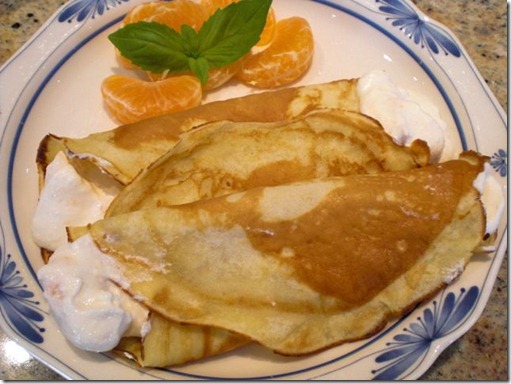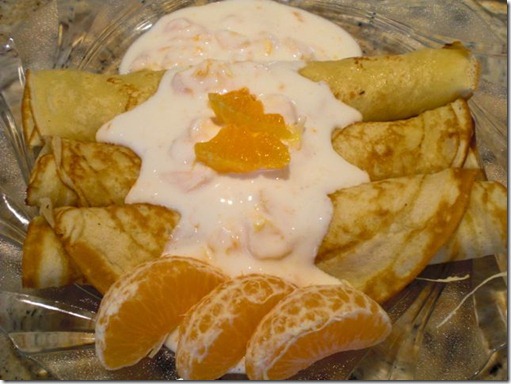This is a continuation of the blue fin toro block we got from Catalina. After consuming the sashimi, I made the most fatty part of the tuna into "aburi" 炙り preparation. I have
posted this before but, this time, I have more pictures and also made sumiso 酢味噌 sauce. The combination of "aburi" and "sumiso" further cut the fatty taste so that it was not too overwhelming.

In very proper sushi bars, you should use a charcoal fire to sear the tuna but, for convenience, I used the ubiquitous kitchen blow torch (no self respecting kitchen should be without such a flame-thrower). I first sliced the ootoro pieces and spread them on a utility plate. Since I happened to have a collection of fancy salts, I sprinkled freshly ground Hawaiian sea salt (pink colored) and let it sit for a few minutes. I, then, hit them with my blow torch as you see below. I seared it until the surface changed color and developed a few dark spots. I did this on only one side.

The sumiso sauce should have been called more precisely "karashi sumiso" 芥子酢味噌 sauce. Again I have
posted the recipe before. To briefly reiterate; I added white sweet miso or "saikyo miso" 西京味噌 (1 tbs) in a small Japanese mortar "
suribachi" すり鉢, prepared Japanese hot mustard (to taste from tube), sugar (optional,1/2 tsp) and rice vinegar (1 –2 tsp). To adjust the consistency, you can add “dashi” broth or just water. At this point, we had eaten more than enough fatty tuna for one evening (there is such a thing as too much of a good thing).
Next day, I prepared the top loin of blue fin tuna. This is also a small I lb block as you see below. This block almost looks like the tail portion of the same fish from which my “toro” block came.

As you can see from the side view below, this top loin has slightly fatty meat on the bottom and chiai 血合い or dark red meat (left upper corner).

So this one was very similar to the toro block in terms of the configuration of the different kinds of meat but depending on the size of the fish, one pound block could be quite different. I separated the slightly fatty red meat or “kotoro” 小トロ (left) with skin on, red meat or “akami” 赤身 in the center and “chiai” 血合い on the right.

I used to discard “chiai” but, more recently I
make dishes from it which I posted before. I made the marinade ahead of time. This is rather simple marinade of sake, mirin, and soy sauce (2:2:3 ratio). I heat the mixture until gently boiling without a lid for a few minutes to meld the flavors and let the alcohol evaporate. I let this cool down to room temperature. I cut the chiai (I used combined portions from both the toro and akami blocks). I placed them in a sealable plastic container and let it marinade overnight in the refrigerator.

The rest is for the next post (I am stretching out the content).























